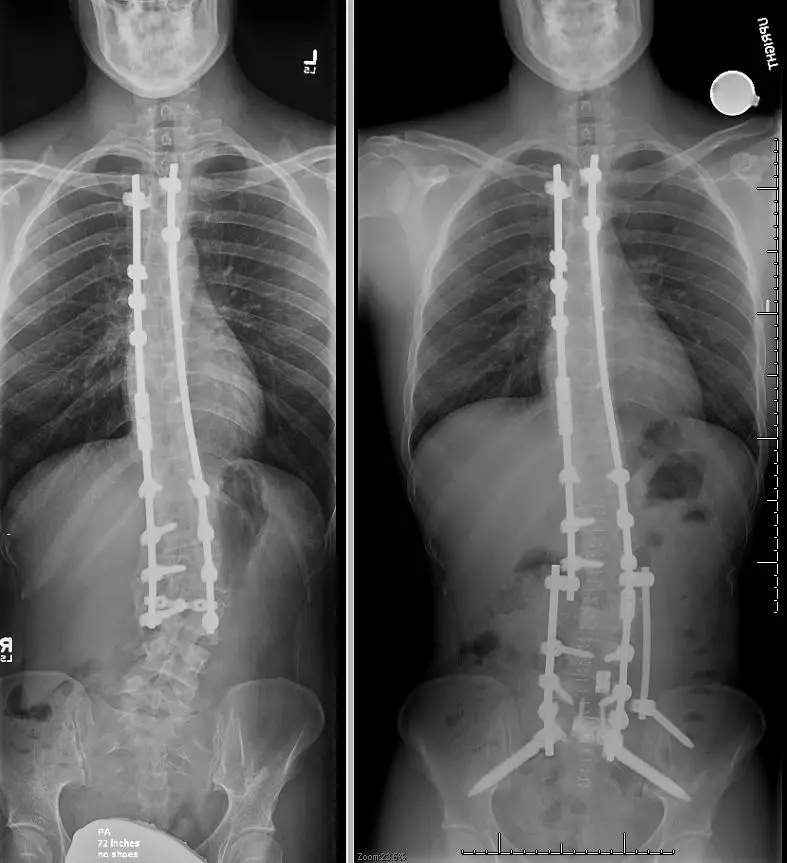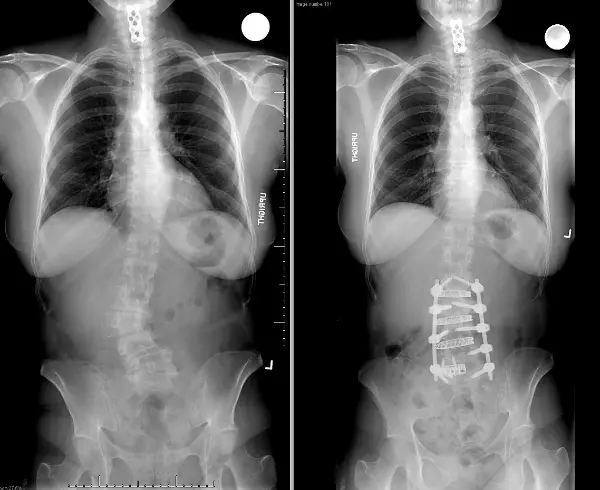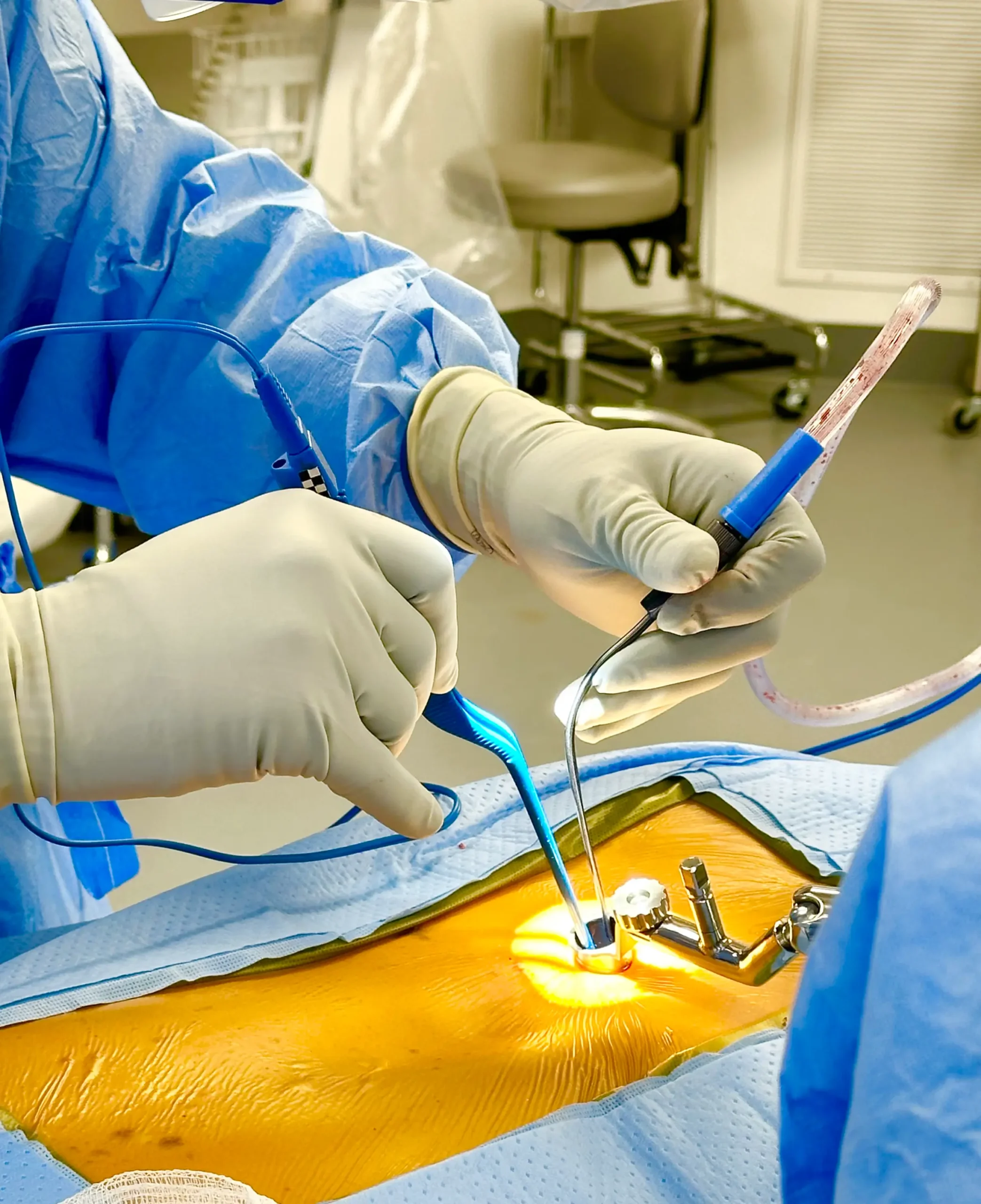
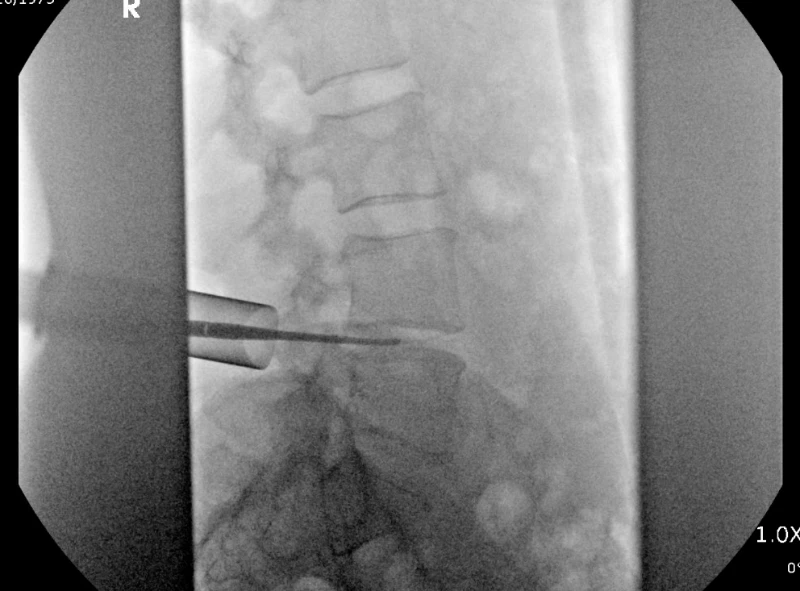
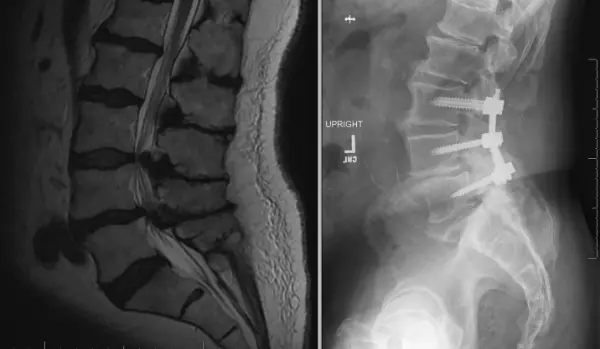
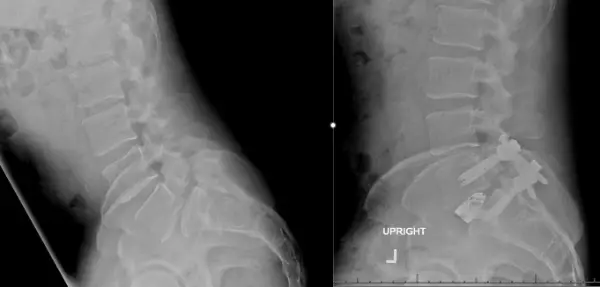
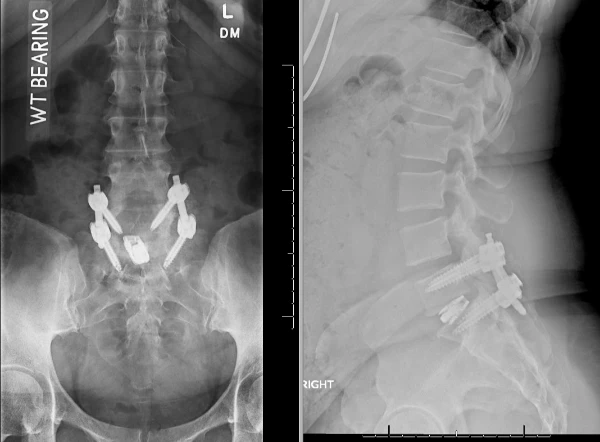


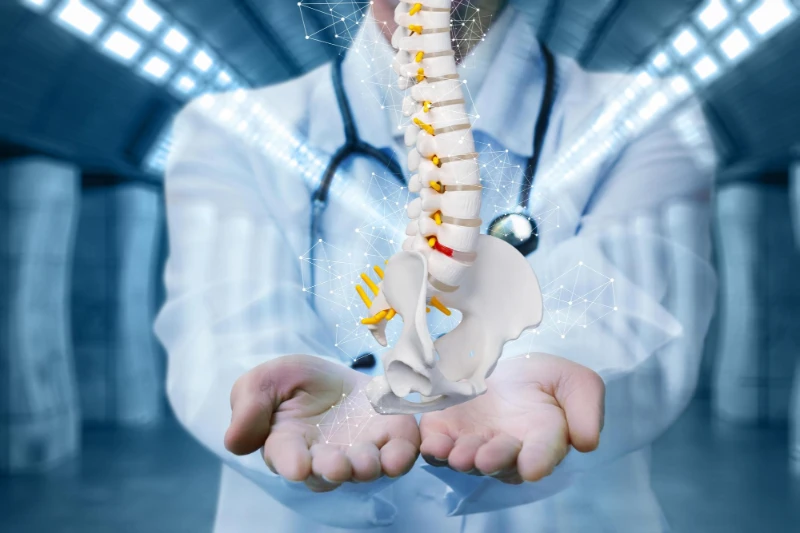
- Spinal Fusion: The most common surgical procedure for scoliosis involves fusing together the vertebrae to stabilize the spine. This is often done using bone grafts, rods, and screws.
- Instrumentation: Metal rods and screws may be used to correct and maintain the alignment of the spine during the fusion process.
- Posterior Approach: Surgery is performed through the back.
- Anterior Approach: Surgery is performed through the front of the body.
- Combined Approach: A combination of anterior and posterior approaches may be used for certain cases.
